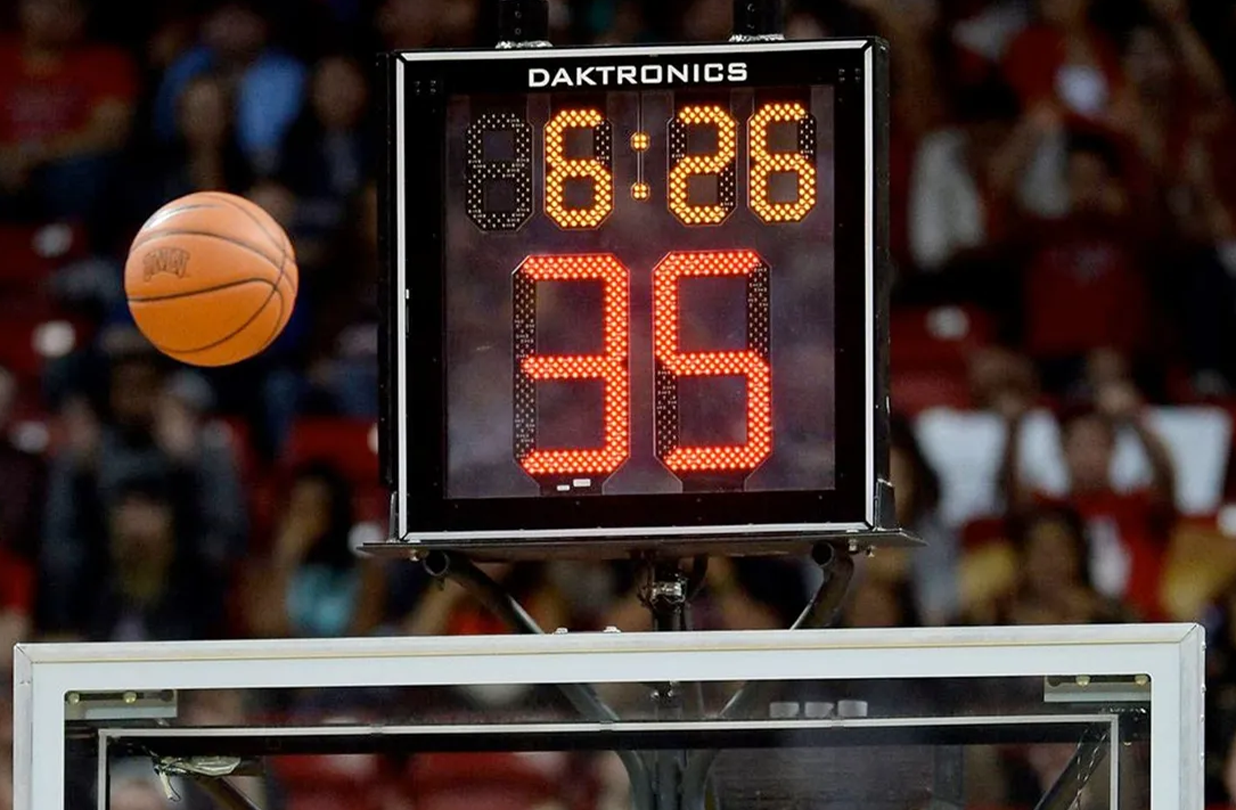Tennis is a sport where rules shape every rally, ensuring fair play and excitement. Governed by the International Tennis Federation (ITF), the game’s regulations date back to 1877, when Major Walter Wingfield standardized them. A match is played on a 78×27-foot court (singles), with players aiming to hit a ball over a 3-foot net so their opponent can’t return it. Points start at “love” (zero), progressing to 15, 30, 40, and game, with a two-point lead needed to win. A 2024 ITF guide notes sets are typically first to six games (with a two-game margin), and matches are best-of-three or five sets. These rules keep tennis sharp and competitive.
Tennis rules cover everything from serves to faults. A serve must land in the diagonal service box, or it’s a fault—two faults equal a lost point. The “let” rule, where a serve clipping the net but landing correctly is replayed, adds nuance. Web searches reveal the tiebreak, introduced in the 1970s, resolves 6-6 sets with a first-to-seven-points race (two-point lead required). Players switch sides every odd game to balance wind or sun, and a ball is out if it lands beyond the lines. These regulations demand precision, making every shot a test of skill and strategy.
In 2025, tennis rules continue adapting. The shot clock, now standard at 25 seconds between points, keeps matches brisk, per a recent ATP update. Hawk-Eye technology, used since 2006, lets players challenge calls, with three challenges per set. Grand Slams like Wimbledon stick to tradition—no tiebreak in final sets—while others adopt a 10-point tiebreak at 6-6. Sustainability efforts, like reduced travel schedules, reflect modern priorities. From deuce battles to net cords, tennis’s rules blend tradition with innovation, ensuring it thrives as a global sport.






